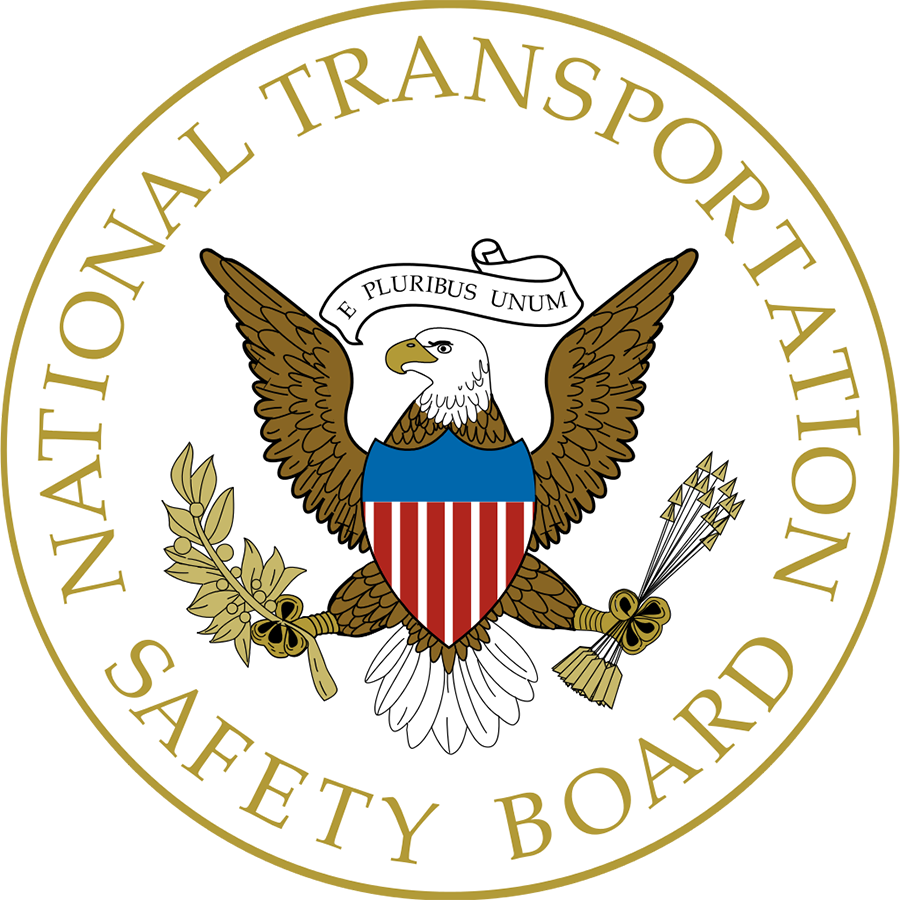An emergency response plan (ERP) can be a critical resource for handling difficult situations before they escalate into a crisis for your flight operation or company.
“An emergency is something abnormal that poses a threat to life, limb, property or their good name as a business,” said Stephen Burgess, emergency operations center manager for Fireside Partners. “Developing and following an ERP can help mitigate the impacts of that emergency.”
An effective ERP may include input and participation from personnel in several departments across the company. The definition of what constitutes an emergency, and what resources will be needed in response, can also vary greatly between companies.
“The best ERPs start off with a risk assessment to determine the necessary individuals or resources to interface between stakeholders. Do you need public relations involved? HR? Legal?”
Amanda Ferraro , CAM, CEO of Aviation Safety Solutions
“The best ERPs start off with a risk assessment to determine the necessary individuals or resources to interface between stakeholders,” said Amanda Ferraro, CAM, CEO of Aviation Safety Solutions. “Do you need public relations involved? HR? Legal?
“The event may not even seem like a serious ordeal, but maybe it’s brought publicity to your organization, especially as social media has become so prevalent,” she continued. “An ERP will be helpful in organizing those resources and getting the right individuals involved in handling the situation.”
Keep in mind “an ERP doesn’t have to be hundreds of pages,” Ferraro said. “I’ve seen ERPs developed around commercially-available checklist apps that work really well for some organizations.”
Basic templates are also available from the FAA and NBAA, she added, to assist smaller flight operations in developing their ERP. Examination of past emergency situations can also help inform an effective plan to handle similar events in the future.
Regardless of your flight operation’s size, one often overlooked – but critical – part of an ERP is employee and family support. Having such guidance at hand can be invaluable in the aftermath of more serious, or even fatal, situations.
“Smaller operators must wear more hats in terms of response duties,” Burgess said. “Somebody might be not only running the response at large but also taking point on any communication and media concerns. And they may even be the main person coordinating family support.
“The challenges to handling an emergency are definitely magnified for smaller flight operations,” he continued. “Those operators must identify what resources they have available and ask themselves, ‘what can we handle? Where is the threshold where we’d need to rely on outside support?’”
Also, for an ERP to be truly effective, it must be a living document, not something forgotten in a dust-covered binder on the shelf.
“You should continually and frequently review your plan and adjust it accordingly,” Burgess said. “Take five minutes to ask, ‘how can we make this better? Are these steps clear enough? Is this overly complex, or is it too simple?’”
“The first thing you start with is never the last thing you’ll use,” said Ferraro. “Anything and everything in your ERP can be adapted as needed.
“Our industry is well-prepared to respond to canned training scenarios,” she concluded. “When faced with something new or unusual, however, I’ve seen flight departments forget entirely there was an ERP available.”
Further guidance to help inform your operation’s ERP is available in NBAA’s Guidance on Company Response to an Aviation Accident.


 Caring for the needs of family members and others affected by an accident can be one of the most difficult duties for any flight operation. However, there is an important resource available to assist during times of crisis.
Caring for the needs of family members and others affected by an accident can be one of the most difficult duties for any flight operation. However, there is an important resource available to assist during times of crisis.
 International Business Aviation Council Ltd.
International Business Aviation Council Ltd.